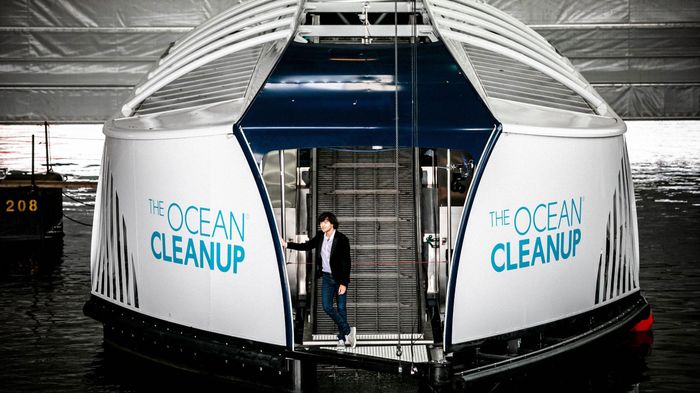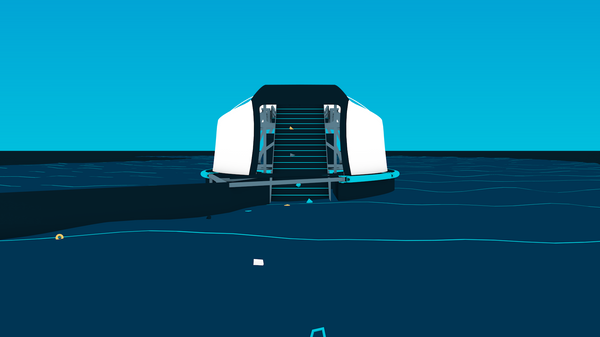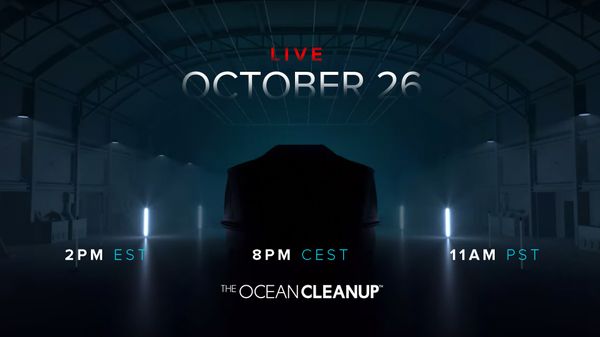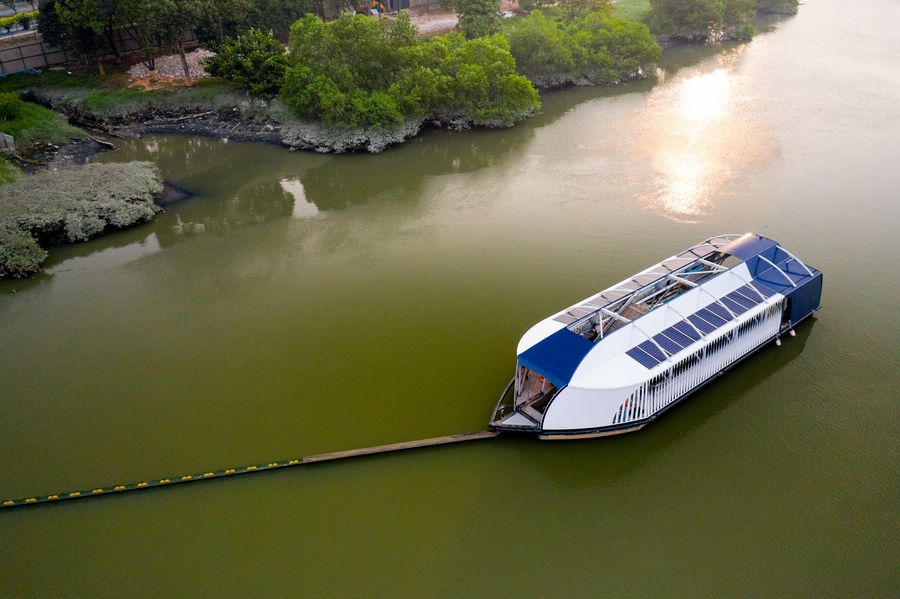
The Ocean Cleanup Unveils Plan to Address the Main Source of Ocean Plastic Pollution: Rivers
Back to updatesThe Ocean Cleanup aims to tackle the 1,000 most polluting rivers, responsible for about 80% of ocean plastic pollution in five years from rollout.
Today, we unveiled the invention to prevent the unrelenting flow of plastic pollution into the world’s oceans. The Interceptor™, under development since 2015, which complements our founding mission of ridding the world’s oceans of plastic.

“To truly rid the oceans of plastic, we need to both clean up the legacy and close the tap, preventing more plastic from reaching the oceans in the first place. Combining our ocean cleanup technology with the Interceptor™, the solutions now exist to address both sides of the equation,” said Boyan Slat, Founder and CEO
The Interceptor™ is the first scalable solution to intercept river plastic pollution and can be deployed around the world. It is capable of extracting 50,000 kg of trash per day – even reaching 100,000 kg per day under optimized conditions.
Four Interceptors™ have been built to-date; two systems are already operational in Jakarta (Indonesia) and Klang (Malaysia). A third system is in Vietnam to be installed in Can Tho in the Mekong Delta (Vietnam), while the fourth is destined to be deployed in Santo Domingo (Dominican Republic). In addition to these locations, Thailand has signed up to deploy an Interceptor™ near Bangkok, and further agreements are nearing completion including one in LA County (USA), kick-starting the scale-up.
A Scalable and Affordable Solution to Address a Global Problem
As part of our research to map the problem, it was established that 1,000 of the world’s 100,000 rivers (1%) are responsible for roughly 80 percent of the garbage entering the oceans. The product of their global scientific measurement and modeling efforts has been visualized in an interactive map.
The Interceptor™ is environmentally friendly and 100 percent solar-powered, with onboard lithium-ion batteries that enable it to operate day and night without any noise or exhaust fumes. The system is anchored to the riverbed to utilize the natural flow of the river to catch the plastic and is designed for 24/7 autonomous operation, removing the need for dangerous manual work. Its floating barrier that is used to direct the garbage into the system only spans part of the river; it will not interfere with other vessels and does not harm the safety, nor impede the movement of wildlife – critical requirements when operating in major rivers. An internet-connected onboard computer monitors the system’s performance, energy usage, and component health.

Stay tuned on our social media and our website for more updates about this new technology.



